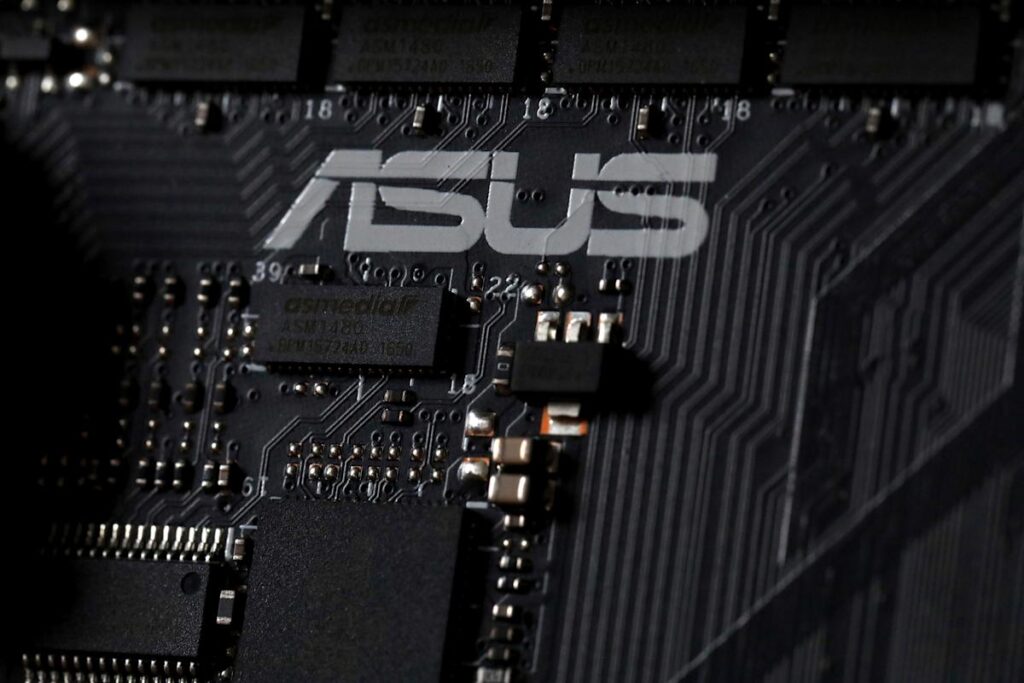
<span class=caption-credit> ASSOCIATED PRESS</span>
ASUS ROG Astral GPUs: The Rise and Fall of GPU Sag Detection Technology
Key Technology Insights
ASUS introduced an innovative “Equipment Installation Check” feature in their GPU Tweak III software, capable of measuring GPU sag angles with precision. This technology, powered by a Bosch Sensortec chip, represented a significant step forward in hardware monitoring and protection.
The Growing Challenge of GPU Weight
Modern high-end graphics cards like the RTX 4090 and 5090 have evolved into massive pieces of hardware, with their weight becoming a genuine concern for PC builders. These powerful GPUs, while delivering exceptional performance, have introduced new challenges in terms of physical installation and long-term stability within computer cases.
ASUS’s Innovative Solution
In January, ASUS quietly implemented a sophisticated monitoring solution through their GPU Tweak III software. The “Equipment Installation Check” feature introduced a new metric called “VGA Horizontal Status,” which provided precise measurements of GPU tilt angles. This tool allowed users to set custom warning thresholds, alerting them when their graphics card’s sag exceeded acceptable levels.
Technical Implementation
According to UNIKO’s Hardware’s teardown of ROG Astral 50-series cards, the sag detection system utilized a Bosch Sensortec chip. This component is described as a low-power IMU (Inertial Measurement Unit) that combines acceleration and angular rate measurement capabilities with smart motion-triggered interrupt features.
The Unexpected Removal
By April 11, users began noticing the disappearance of the Equipment Installation Check feature from the latest version of GPU Tweak III software. Reports on ASUS forums indicated potential issues with false positives, where the software reported sagging in properly leveled graphics cards. Despite reaching out for clarification, ASUS has not provided official commentary on the feature’s removal.
Industry-Wide Implications
The introduction and subsequent removal of this feature highlights a broader issue in the gaming hardware industry. PCIe slots, originally designed for much lighter graphics cards, are increasingly stressed by modern GPUs that can weigh several kilograms. This weight disparity has created a growing need for additional support solutions.
Community Solutions and Adaptations
The PC gaming community has responded to the GPU sagging challenge with remarkable creativity. Gamers have developed various solutions, from custom-designed support brackets to DIY alternatives, ensuring their valuable graphics cards remain properly supported and protected from potential damage.
Popular GPU Support Solutions
- Custom-designed GPU support brackets
- Vertical GPU mounting solutions
- 3D-printed support structures
- Adjustable card supports
- Case-specific mounting solutions
Future Implications
While ASUS’s sag detection feature may have been short-lived, it represents an important step in addressing the challenges of modern GPU design. As graphics cards continue to grow in size and capability, manufacturers will need to develop more robust solutions for installation and support, potentially leading to new innovations in both hardware design and monitoring technology.
Looking Forward
The brief appearance of ASUS’s sag detection technology may inspire future developments in hardware monitoring and protection systems. As the gaming hardware industry continues to evolve, we may see more manufacturers implementing similar features, potentially with improved accuracy and reliability.





